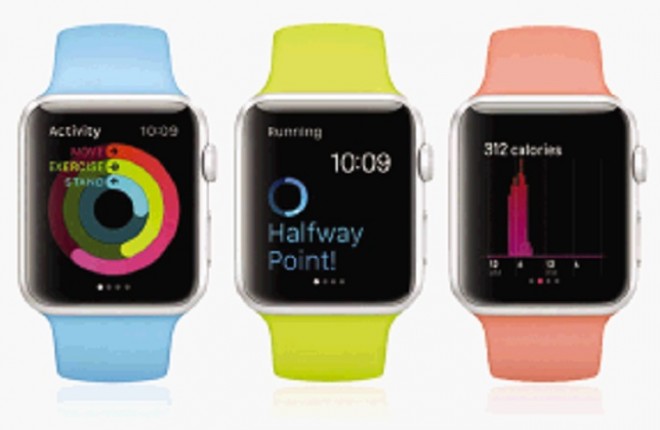
It was the year when weed hogged the spotlight. A centuries-old soilless gardening method found its way into modern urban homes, cardio-dance made a comeback, fitness bands became the new gym buddies, and a regimented meal plan like the Caveman Diet was a phone call away.
House Bill No. 4477, or the Compassionate Use of Medical Cannabis Bill, is steadily gaining more converts, especially among the terminally ill. Co-authored by six senators and filed in Congress in 2014, the bill highlights findings that say medical marijuana is highly efficient in pain management, especially for intractable pain and pain caused by cancer. It is also reportedly effective in treating some neurological conditions such as epilepsy.
Awareness campaigns on chronic obstructive pulmonary disease (COPD) and cervical cancer were also at an all-time high, with celebrities such as actor Epy Quizon and DJ/host Andi Manzano-Reyes leading the way. Their candor in talking about the issue has enabled people to become as well-acquainted with COPD and cervical cancer as they are now with breast cancer.
Healthy stuff
Salad bars are also flourishing in the metropolis. Among those who have pushed this trend into the mainstream is the Singapore-based SaladStop! By offering a variety of salad dishes in bowls and wraps mixed with familiar, healthier protein sources like lean chicken, turkey or fish, it has lured a steady stream of non-veggie eaters to try healthy stuff.

treats
Holistic shops also grew in number. There’s Sugarleaf restaurant with its detox juices, smoothies, soups, wholesome desserts and spreads like almond butter; the now familiar Echo Deli of Echo Store, with its wide selection of organic treats, including Filipino chocolates, free-range chicken, grass-fed beef cuts, and organic eggs and vegetables; and M.O.M., a resto that aims to inform diners about acidity as one of the main causes of modern diseases, while offering food sourced from certified organic farmers.
People also started growing their own vegetables at home using a modern method of centuries-old hydroponics. Energy-efficient, soilless, pest- and pesticide-free, the hygienic little gardens, neatly arranged in rows inside a wooden cabinet, also served as an excellent conversation piece.
Last year, the humble malunggay was presented to a body of scientists abroad, along with a first-ever 12-week cohort study showing that the plant in capsule form may not only reduce blood sugar levels, but also lower the risks of stroke and heart attack. All it needs now is a financier who can bankroll a long-term, double-blind study to prove its safety and efficiency.

ZUMBA founder Beto Perez (in photo) came to the Philippines to meet his fans and hold a class.
Aerobic exercises
Cardio-dance made a comeback last year, harking back to the Jane Fonda years of aerobic dance exercises. When the Philippines set a new record for holding the biggest Zumba class in 2014, it prompted no less than the rock star of Zumba, founder Beto Perez, to drop by the country last April to meet his fans.
But since Latin dance routines are deemed too tita or lola by young millennials, BodyJam, featuring club music, has been resurrected from its glory days in the ’90s to become a top choice for cardio-dance among the fitness set. Another rising star is Nia, a cardio-dance workout that combines the principles of martial arts, dance and healing arts.
The Nuvali trails in Laguna earned international recognition when the place was chosen to host the 2016 World Mountain Bike Championship, beating Japan and other first-world countries. A weeklong bikefest drew world-class bikers from around the world.
But it’s not just the trails that made noise in 2015. Indoor cycling also took a new spin with the opening of Electric Studio. Using moves that take after the indoor cycling classes in New Yorkers, the studio introduced an alternative for those in need of a new adrenaline rush. Classes are not cheap but are often sold out by Monday, the day the week’s schedule is announced. It proves that many Filipinos are willing to pay a premium to stay in shape.
Popular newcomer
Still popular are fitness bands, now even more in demand as fitness buffs get into the quantified-self movement. A newcomer this year, though, appealed to the tech-savvy as well—the Apple watch. Dubbed the “smarter way to look at health and fitness,” the Apple watch measures your every single move. Play with the kids, walk the dog or simply stand up after a meal—this watch records everything and encourages you to keep moving.
Apps also played a major role in weight loss and exercise. GymPact is an app that pays you if you stick to your goals and workout, while DietBet gives you a chance to win the pot money if you lose your desired number of pounds over a given period of time.

Since losing weight is still the most popular fitness goal, prepacked meal delivery also made a lasting impression on dieters last year. Still enjoying popularity among diet meal delivery services is the Caveman/Paleo Diet, mainly because it is quite tedious to prepare at home.
Among the hardcore set—mostly males (and some girls) looking to get a defined, chiseled bod—intermittent fasting is in. The supposed secret to Hugh Jackman and Terry Crews’ pecs and biceps, the diet plan—an eight-hour eating window followed by 16 hours of fasting—is not the easiest to follow, but one that is said to yield results faster.












































